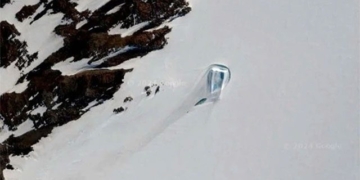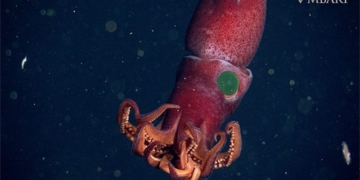Digging in the ground but discovering valuable artifacts worth millions of USD is indeed true. The following story is evidence of that.
On April 10, 1972, in the town of Diao Xi, Wuhung District, located in Huzhou City, Zhejiang Province (China), a group of farmers went up the mountain to dig the earth and make bricks. One farmer named Liu was digging a mound when it suddenly collapsed. Subsequently, Mr. Liu unexpectedly uncovered a large blue brick carved with patterns beneath the surface.
After removing the blue brick, Mr. Liu discovered a pair of golden chopsticks. The chopsticks initially appeared quite ordinary. However, after wiping away the years of dirt, the golden chopsticks sparkled brilliantly in the sunlight. Mr. Liu calmly hid the golden chopsticks in his pocket and continued to dig. As a result, he found some gold flakes, porcelain, and several other artifacts beneath this mysterious mound.
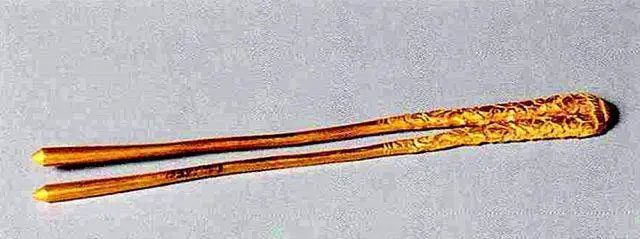
Mr. Liu found the peculiar golden chopsticks beneath a mound.
The next day, due to carelessness, Mr. Liu’s son mistakenly took the golden chopsticks with him while eating at the edge of the village. A villager saw the child holding the unusual chopsticks and traded candy for them. Mr. Liu’s son returned home and recounted the incident to his father. After hearing this, Mr. Liu rushed to the villager’s house to inquire about the matter. Consequently, the situation became noisy and inadvertently reached the ears of other villagers.
When the villagers learned of the bizarre event, they banded together to climb the mountain and excavate the mound. They discovered many gold and silver artifacts from an ancient tomb located deep beneath the mound where Mr. Liu found the golden chopsticks.
Who was the owner of the ancient tomb?
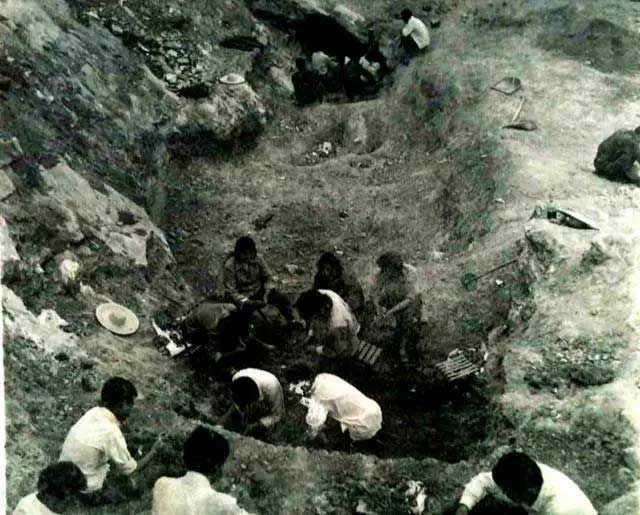
Experts discovered the ancient tomb dating back to the Song Dynasty but do not know who the owner is.
An elderly man who participated in the excavation of the ancient tomb at that time recalled that there was a stone stele in the tomb inscribed with the words “Song Jia Xi third year“, which means the third year of Jia Xi. Jia Xi (1237 – 1240) was the reign title of Emperor Li Zong of the Song Dynasty, the 14th emperor in Chinese history. This indicates that this ancient tomb clearly originates from the Song Dynasty. Unfortunately, at the time of excavation, this stone stele was unfortunately broken on-site.
A few days later, someone reported to the local authorities about the illegal excavation of the ancient tomb on the mountain, where a large amount of gold, silver, and porcelain was unearthed. Immediately upon receiving the report, the local government in Wuhung dispatched emergency response forces to investigate the incident. Mr. Liu, the first to discover the ancient tomb, led experts to the scene.
After examination, experts found that the ancient tomb was constructed of green bricks and rammed earth. Over time, the layer of rammed earth gradually collapsed, revealing the green bricks. After excavating the soil, experts discovered that inside the tomb, only the coffin boards remained, surrounded by debris from the broken stele. Due to the absence of the stele, experts could not determine the identity of the tomb’s owner.
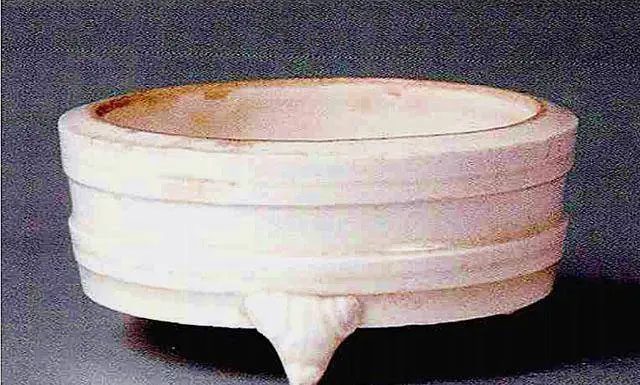
An artifact found in the ancient tomb dating back to the Song Dynasty.
Experts conducted deeper excavations but did not find any valuable artifacts. Therefore, they sought to understand and persuade the villagers to submit the cultural artifacts they had found earlier. After several attempts at persuasion, Mr. Liu and the villagers voluntarily handed over the artifacts. A total of 10 cultural relics were submitted, while some were lost.
These cultural relics mainly included porcelain, bronze, and gold. The porcelain items included egg-shaped vases, white and blue powder boxes… Additionally, the artifacts collected included bronze spoons, gold hairpins, golden chopsticks, silver hairpins, bronze mirrors, gold leaf containing a high gold content, and pen holders…
Notably, according to experts, the golden chopsticks that Mr. Liu discovered were made of gold and measured 18 cm in length. However, experts concluded that the golden chopsticks were actually a valuable hairpin.
From the artifacts found, experts believe that this tomb dates back to the Southern Song period. The buried items mainly consisted of gold and everyday objects, indicating that the owner of the tomb might have been a scholar or a woman.
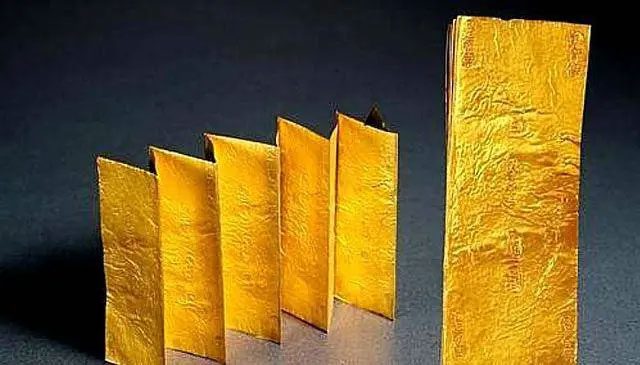
Thin gold leaf was found in the ancient tomb in Zhejiang Province, China.
Unfortunately, the stele was destroyed long ago, and most of the cultural relics excavated could not be reclaimed. To this day, experts still cannot estimate how many cultural relics are in this tomb and who its owner is.
The cultural relics in this tomb could provide valuable insights into the Song Dynasty and are of high significance. To thank Mr. Liu and the local villagers who proactively submitted the artifacts for display in the museum, experts presented them with three vouchers for food purchases.
However, based on current market values, after more than 50 years since the excavation, the golden chopsticks that Mr. Liu found back then are now worth billions of VND. In terms of cultural relics, they are even considered priceless treasures.
















































